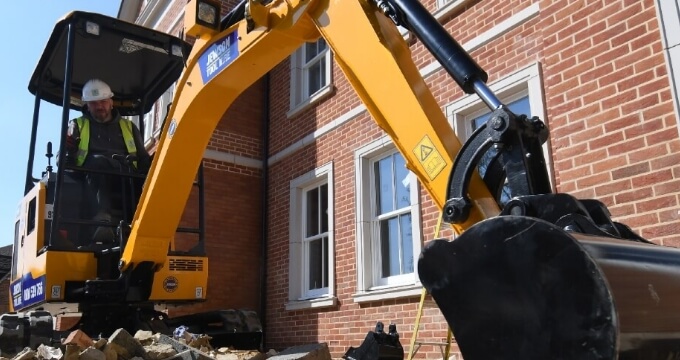Welcome to Jewson!
With branches from the Scottish Isles to Penzance, you’re never far from expert advice, reliable service, and the highest-quality building materials. Whatever your trade we’ve got what you need, from everyday essentials to specialist equipment. You’ll also find kitchen and bathroom showrooms nationwide along with our huge range of tools and equipment available via Tool Hire. We’ve come a long way since opening our first branch in 1836!
At Jewson, we know the trade. In fact, on average you'll find close to 90 years' experience in every branch. It doesn’t matter to us whether you’re an apprentice just starting out, or you’ve been doing this for years, we've got your back. Getting you what you need, where and when you need it is what we do. Click & Collect in 15 minutes from over 400 Jewson branches. Need it direct to site? We can offer next-day delivery when ordering before 10am.


